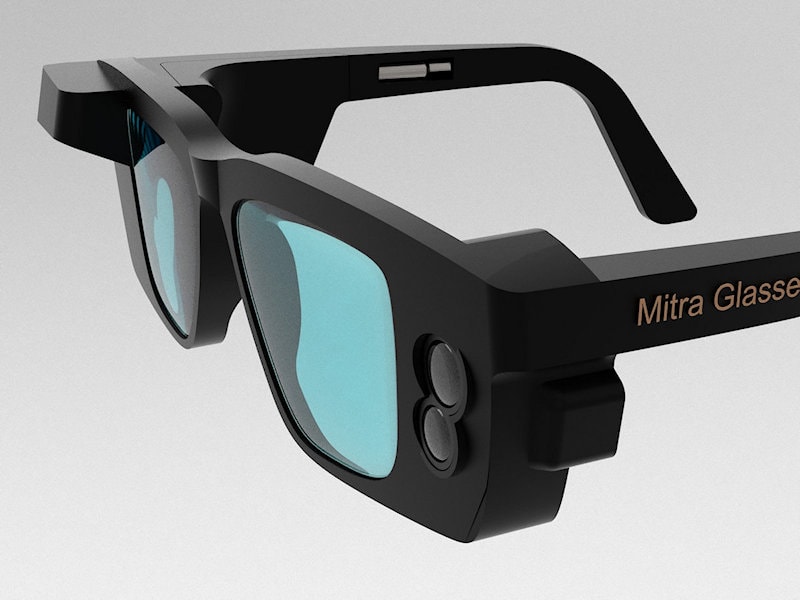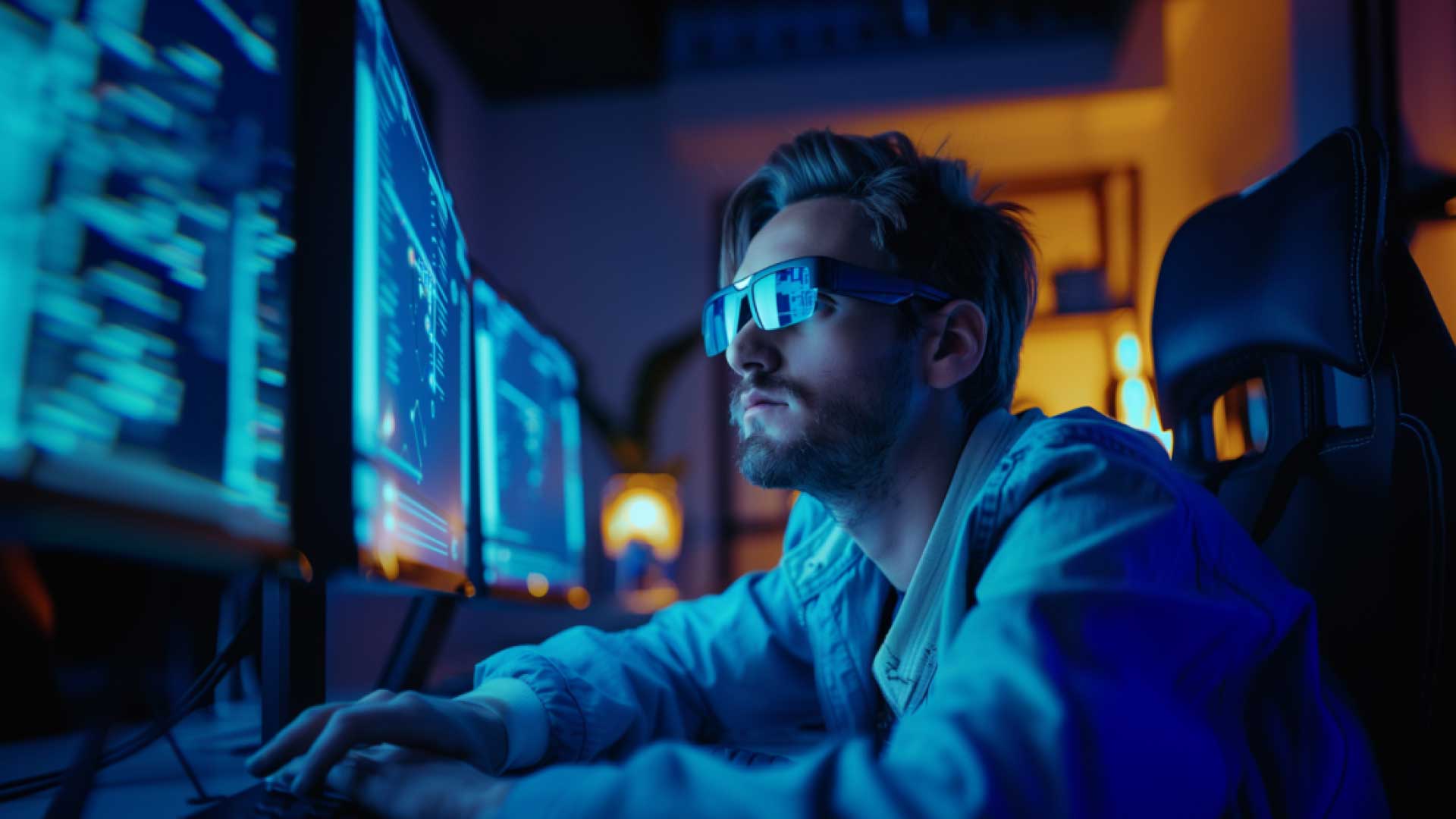Mobility Aids for Visually Impaired Users: Enhancing Independence and Navigation
Wiki Article
Enhancing Access Via Assistive Innovation for the Blind
The assimilation of assistive modern technology for the blind stands for a critical improvement in ease of access, fundamentally altering how people navigate their atmospheres and engage with culture. As we discover the diverse kinds of assistive devices and their concrete influences on day-to-day living, it becomes important to examine exactly how recurring technological innovations are improving the landscape of support for the blind community.Introduction of Assistive Innovation
Assistive modern technology refers to an array of gadgets and software application created to enhance the capabilities of people with specials needs, including those who are aesthetically impaired or blind. This technology plays a crucial role in advertising independence and enhancing the high quality of life for users. By supplying alternate approaches for accessing information and executing everyday tasks, assistive technology encourages people to browse their environments more efficiently.
The growth and implementation of assistive technology accept a variety of concepts intended at promoting ease of access. These principles consist of user-centered layout, which focuses on the requirements and choices of the individual, and the assimilation of innovation into daily tasks. Such advancements make sure that assistive devices are not just functional however simple and likewise intuitive to utilize.
Additionally, assistive modern technology encompasses a diverse spectrum of solutions, from low-tech alternatives like magnifiers to sophisticated innovations such as display viewers and Braille displays. The ongoing evolution of this area is driven by the requirement to attend to the distinct challenges dealt with by individuals with aesthetic problems (Wearable technology for low vision). As technology remains to breakthrough, the possibility for enhancing availability and promoting inclusivity continues to be encouraging, eventually adding to a more fair society

Sorts Of Assistive Gadgets
Many kinds of assistive devices are available to sustain people that are blind or aesthetically damaged, each developed to attend to specific needs and obstacles. These devices can be generally categorized right into 3 main kinds: low-tech, mid-tech, and state-of-the-art solutions.Low-tech gadgets consist of items such as magnifiers, Braille tags, and tactile maps. These are fairly basic tools that boost the customer's capability to communicate with their atmosphere without needing complex innovation.
Mid-tech devices usually involve advanced attributes, such as digital magnifiers and mobile Braille note-takers. These devices can supply performances like speech output, permitting customers to accessibility information extra effectively.

Influence on Daily Living
The schedule of various assistive gadgets significantly improves the high quality of life for people that are aesthetically damaged or blind, influencing their everyday living in extensive means. By integrating modern technologies such as screen visitors, Braille presents, and audio description solutions right into their routines, individuals gain greater autonomy and self-reliance. These tools assist in accessibility to information, allowing individuals to perform day-to-day tasks, such as reviewing e-mails, navigating public areas, and taking pleasure in media material.Furthermore, assistive devices equip individuals to engage even more completely in social interactions and neighborhood activities. The ability to utilize mobile phones outfitted with accessibility functions permits smooth communication and link with others. This connectivity fosters a sense of belonging and minimizes sensations of seclusion.
In expert setups, assistive modern technology sustains performance by allowing individuals to total job tasks efficiently. Tools like voice recognition software program and specialized magnification tools make it possible for users to take part in the workforce on equal footing with their sighted peers.

Advancements in Technology
Current technical developments have substantially changed the landscape of devices readily available for people who are aesthetically damaged or blind. The assimilation of expert system (AI) and artificial intelligence has actually generated applications that enhance navigation and things acknowledgment. Smart device applications can now make use of AI to recognize and describe surroundings in real-time, providing users with important contextual information.In addition, advancements in haptic technology have actually brought about the development of smart walking canes furnished with sensors that discover barriers and give tactile responses. This equips customers to browse their environment with enhanced confidence and independence. Furthermore, advancements in text-to-speech software application and braille screens have actually improved the access of digital material, enabling seamless communication with various media.
Wearable modern technologies, such as clever glasses, are also making strides in assisting visual impairment. As modern technology continues to develop, the potential for also more transformative devices stays on the horizon.
Future Trends and Innovations
As technology swiftly advances, the future of assistive devices for people that are blind holds enormous pledge. Advancements in expert system (AI) and artificial intelligence are positioned to revolutionize the way blind customers connect with their settings. AI-driven applications are being established to enhance item recognition, allowing customers to identify and browse their environments with better convenience and accuracy.
Moreover, advancements in haptic responses innovation are allowing the production of responsive maps and navigating help that supply real-time info with touch. These developments not just enhance movement but also foster self-reliance. Additionally, wearable devices equipped with augmented reality (AR) features are arising, using individuals visual details with audio summaries, consequently connecting the gap in between the digital and physical worlds.
Additionally, the integration of clever home innovation presents brand-new chances for availability, enabling AI-powered visual aids people to manage their living environments via voice commands or mobile phone applications. As collaboration in between tech programmers and the blind neighborhood continues, the emphasis on user-centered design will certainly make sure that future advancements are tailored to fulfill the distinct demands of this population (Wearable technology for low vision). The trajectory of assistive technology guarantees an extra empowering and inclusive future for people that are blind
Final Thought
In verdict, assistive technology plays an important function in boosting accessibility for individuals with visual impairments. Continuous developments in innovation and user-centered style make sure that these devices provide properly to the one-of-a-kind demands of the blind area.The integration of assistive technology for the blind stands for a pivotal advancement in accessibility, fundamentally modifying just how people browse their atmospheres and engage with society.Assistive technology refers to a variety of gadgets and software developed to enhance the capabilities of people with handicaps, consisting of those that are blind or aesthetically impaired. Wearable technology for low vision.As innovation rapidly progresses, the future of assistive devices for people who are blind holds immense assurance. The trajectory of assistive modern technology guarantees a much more inclusive and empowering future for people that are blind
In final thought, assistive technology plays a crucial duty in improving ease of access for people with aesthetic impairments.
Report this wiki page